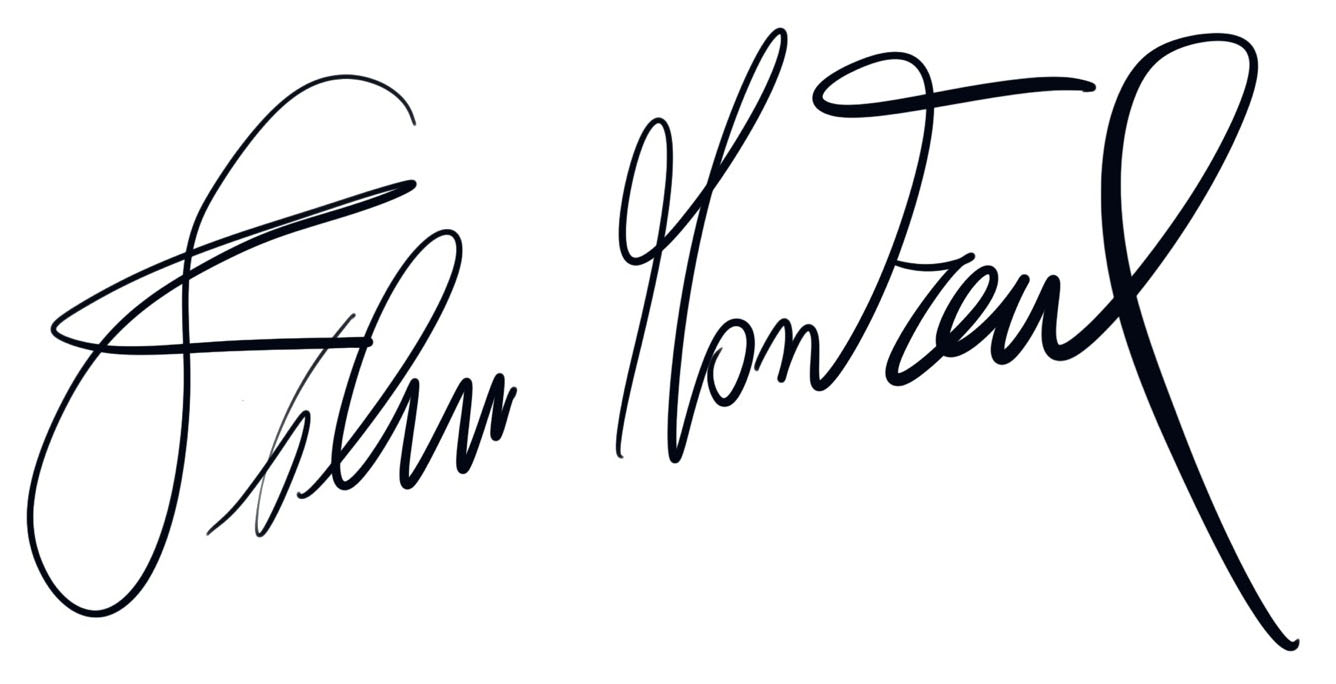This art could be born only after enough technical and scientific knowledge was reached by humanity.
Yet we could also say that it was present from the beginning, even in the oldest cave and in the very first image panted on a rock.
Let’s delve deep into the essence of storytelling, human imagination, and the evolution of mediums to capture and convey our narratives.
- Technical and Scientific Precursors to Cinema: The birth of cinema as we know it involved a culmination of numerous technological advancements. It wasn’t just about creating moving images, but also about understanding light, optics, film chemistry, and the mechanics of projection. Inventions like the camera obscura, the magic lantern, and early photography were stepping stones that eventually led to the creation of the first moving pictures. Hence, cinema could indeed only come into being after a certain level of technical and scientific progress was attained.
- Innate Human Storytelling: While the technology behind cinema is relatively new, the essence of what cinema captures—the human narrative, the progression of events, the drama of life—is as old as humanity itself. Our ancestors, with their cave paintings, were capturing pivotal moments or sequences of their lives. These static images were distillations of dynamic events, much like how a single frame in a movie can be a snapshot of an entire narrative.
- Imagination Fills the Gaps: When we observe a hunting scene from a cave painting, we can extrapolate the broader story from that singular depiction. We imagine the movement of the hunters, the tension of the chase, and the sounds of the environment. This extrapolation is no different from when we, in modern times, see a still image from a movie and can recall or anticipate the scenes that come before or after it. Our brain and imagination fill in the gaps, creating the “movie” in our minds.
- The Limitations of Current Technology: As advanced as our cinematic technology has become, it still has its limitations. Currently, we can effectively capture and relay sights and sounds, but other senses like taste, smell, or touch remain outside its purview. It’s a reminder that every medium, no matter how sophisticated, will always have its constraints.
- Future of Cinema: The statement about not being able to film tastes and smells challenges us to think about the future evolution of cinematic experiences. Will there come a time when our technological prowess allows for multi-sensory films? If so, will it still be “cinema” as we know it, or will it morph into a different form of storytelling altogether?
In summary, the essence of cinema—storytelling and capturing the human experience—has always been a part of us, evident from our earliest forms of expression. The technology and mediums through which we convey these stories have evolved and will continue to do so. The challenge and beauty lie in how we adapt and innovate to bring our narratives to life in ever richer, more immersive ways.


Very nice image. Where does it come from?
Hello ArthurTheReal, thanks for posting!
It’s an artwork for the film “Youth Reloaded”, which will be ou in 2026.
You can see more here: Youth Reloaded